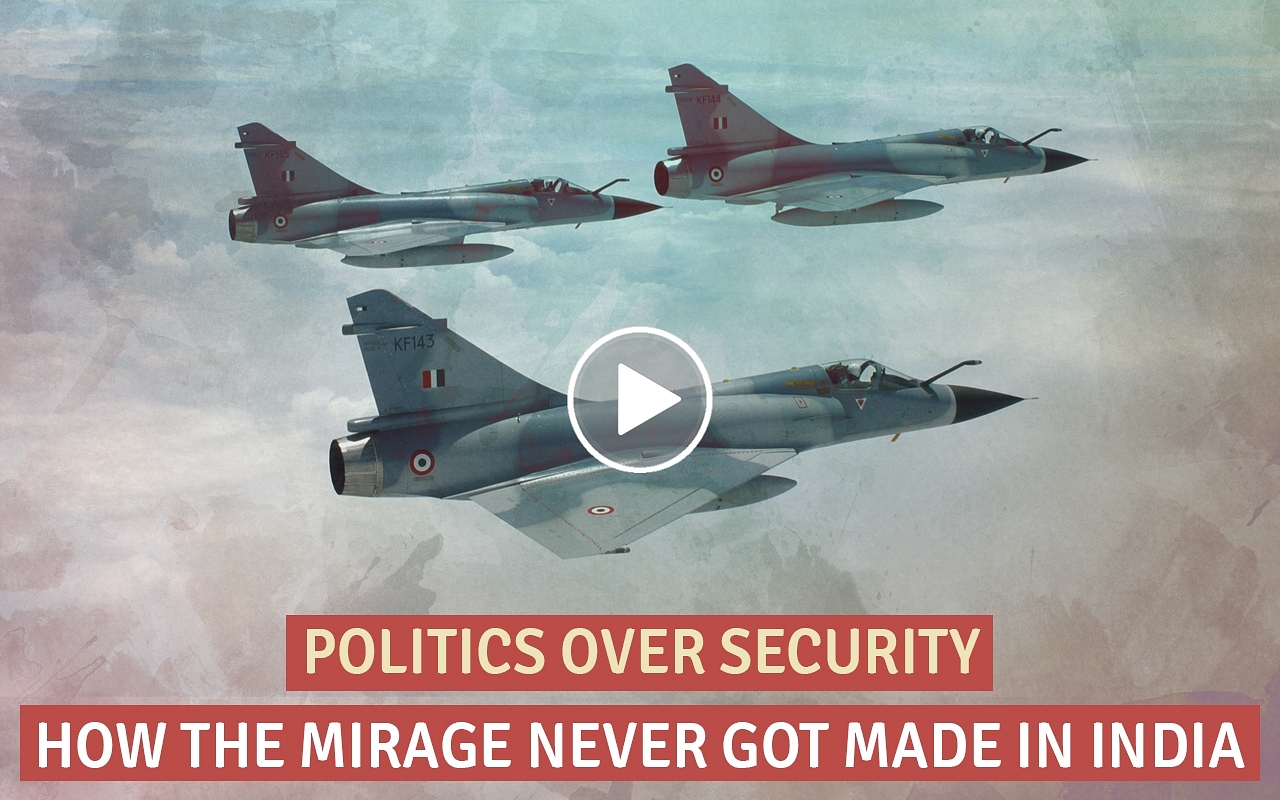Videos
[Watch] The Mirage Could Have Been Made In India – But Politics Got In The Way

An opportunity squandered.
Transcript:
India’s strike on the Jaish-e-Mohammad camp in Pakistan involved a curious machine with a slightly complicated Indian past – the machine we’re talking about was the one that also turned the 1999 Kargil conflict decisively in India’s favour.
We’re talking about the French Dassault Mirage 2000. Here in India, we call it the “Vajra”.
Now, what’s curious about this machine? It’s that, though the Indian Air Force has been a big fan of the aircraft, often talking about its merits and its proven reliability and effectiveness, successive Indian governments have been happy to hang back and simply look to purchase the Mirage 2000 off the shelf rather than look to licence-build it here.
This goes back to the ‘80s. In 1984, the then Congress government placed an order for 40 Mirage 2000 aircraft – mainly to counter the then US sale of F16s to Pakistan – along with an option to produce another 110 Mirage by the HAL in India.
But the production part of France’s offer to India didn’t go through because at that time, the Soviet Union was also talking to Indira Gandhi about their Mig-29. Gandhi was then soon convinced by the Soviets to go ahead with the purchase of Mig-29s, and eventually the Mirage 2000 production deal was turned down.
What’s interesting here is that the French offer to India for building the Mirage stood for 22 years, across several governments, both Congress and the NDA – that’s a long time.
Imagine if we had gone in with the French offer to get the Mirage built in India – much of the inventory problem that we are facing today with our fighter aircraft could have been resolved – maybe not greatly, but to a meaningful extent.
As many senior officers point out, India has a large variety of fighter aircraft in its inventory today – all the different Migs, the Jaguars, the Sukhois, the Tejas – and though this might seem like an advantage on the face of it, this has actually created challenges for the air force in terms of maintenance, logistics, training, and whatnot.
And probably in September you will see the first of the Rafales joining this sprawling mix.
If only politics took a back seat in the matters of defence manufacturing and acquisitions, the Indian defence arsenal would so much more in sync with the needs of the army, airforce and navy.
But with all the squabbling around Rafale, it doesn’t look like that’s going to happen any time soon, and our defence would be the poorer for it.
Introducing ElectionsHQ + 50 Ground Reports Project
The 2024 elections might seem easy to guess, but there are some important questions that shouldn't be missed.
Do freebies still sway voters? Do people prioritise infrastructure when voting? How will Punjab vote?
The answers to these questions provide great insights into where we, as a country, are headed in the years to come.
Swarajya is starting a project with an aim to do 50 solid ground stories and a smart commentary service on WhatsApp, a one-of-a-kind. We'd love your support during this election season.
Click below to contribute.
Latest